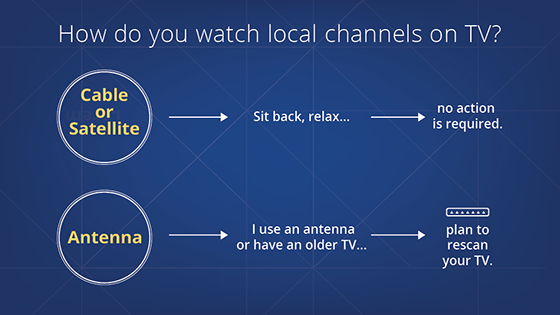Getting My Apollo Group Tv To Work
Getting My Apollo Group Tv To Work
Blog Article
The Ultimate Guide To Apollo Group Tv
Table of ContentsEverything about Apollo Group TvMore About Apollo Group TvHow Apollo Group Tv can Save You Time, Stress, and Money.7 Easy Facts About Apollo Group Tv Explained
In this scenario, instead of having three-minute business areas during a 30-minute television program, television programming might alter to one where a customer will be needed to have a regular monthly subscription, to make sure that they cen view targeted banner ads. This sort of advertising and marketing already happens online, and the quantity of data television business accumulate permits them to do similar.Define the major patterns amongst the broadcasting and cable networks. Popular radio shows such as authorities dramatization Dragnet and western cowboy collection Gunsmoke were adapted for television, and new Television shows were funded by single advertisers, just as radio programs had actually been.
Today, the television sector is much more intricate. Programs are funded by numerous advertisers; shows is controlled by major media empires; and the 3 major networks no much longer dominate the airwaves however rather share their customers with various cable television networks. Several factors represent these trends within the market, including technical developments, federal government guidelines, and the development of new networks.

An Unbiased View of Apollo Group Tv
Even public television has become based on the impact of marketing. Developed in 1969, (PBS) developed out of a record by the Carnegie Commission on Educational Tv, which analyzed the duty of instructional, noncommercial television on culture. The report advised that the federal government money public tv in order to offer diversity of programming during the network eraa service created "not to offer items" but to "boost citizenship and public service (McCauley, 2003)." Public tv was also planned to give universal access to tv for customers in rural areas or viewers that might not pay for to pay for exclusive television solutions.
The period between 1950 and 1970 is historically acknowledged as the. Other than a little portion of airtime managed by public tv, the three major networks (referred to as the Big Three) dominated the tv industry, collectively making up even more than 95 percent of prime-time viewing. In 1986, Rupert Murdoch, the head of multinational firm News Corp, introduced the Fox network, testing the dominance of the Big 3.
Targeting young and minority target markets with shows such as Buffy the Vampire Killer, Moesha, Dawson's Creek, and The Wayans Bros., the brand-new networks wished to attract terminals far from their old network associations. Instead than duplicating the success of Fox, UPN and WB had a hard time to make an impact. Unable to attract many affiliate stations, both recently established networks reached less families than their bigger opponents since they were inaccessible in some smaller sized cities.
This decision led the way content for the development of wire movie channels, adding to the exponential development of cable television in the 1980s and 1990s. apollo tv. Additional deregulation of cable television in the 1984 Cable Communications Policy Act got rid of constraints on cord prices, making it possible for drivers to charge what they wanted for cable television services as long as there was effective competitors to the service (a requirement that over 90 percent of all cable television markets can meet)
The Of Apollo Group Tv

Having developed the first "superstation," Turner increased his realm by establishing 24-hour news network CNN in 1980. At the end of the year, 28 national shows solutions were offered, and the cord transformation had begun. Over the following years, the industry went through a duration of fast development and popularity, and by 1994 audiences might pick from 94 standard and 20 costs wire services.
Figure 9 - https://justpaste.it/ibmo0.16 Increased competitors from cable television networks has caused a stable decline in the networks' audience ratings. During the 1950s, the cost of producing a single tv show raised as shows became much longer and production expenses soared. Sponsorship on network television shifted from single sponsorship, in which a program was totally supported and created by one marketer, to several sponsorship, in which advertisers got 1- or 2-minute spots on the show
Each response must be a minimum of one paragraph. Pick among the Big 4 networks and print out its once a week programming routine. See the network's prime-time programs over the program of a week, noting the target demographic for every program. Observe the advertising and marketing enrollers that support each show and contrast just how the services and products fit with the designated target market.
Our Apollo Group Tv Diaries

Straight TV, often referred to as standard broadcast TV, encompasses cord and satellite television. It's called "straight" because material complies with an established programs timetable, unlike on-demand content which the private visitor makes a decision to watch based upon their own preferences and schedule. When you ask, "What is direct TV?", think about it as the timeless way of watching television that has actually been around for years.
Report this page